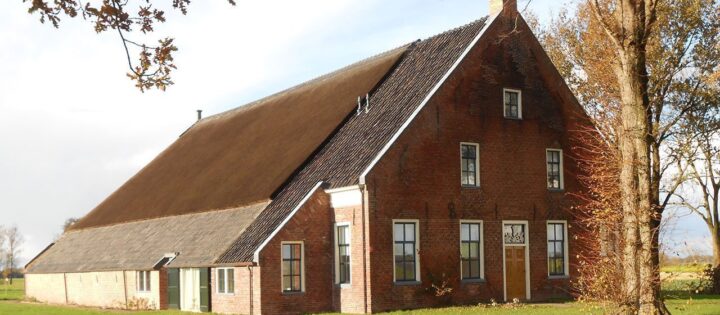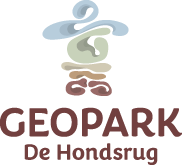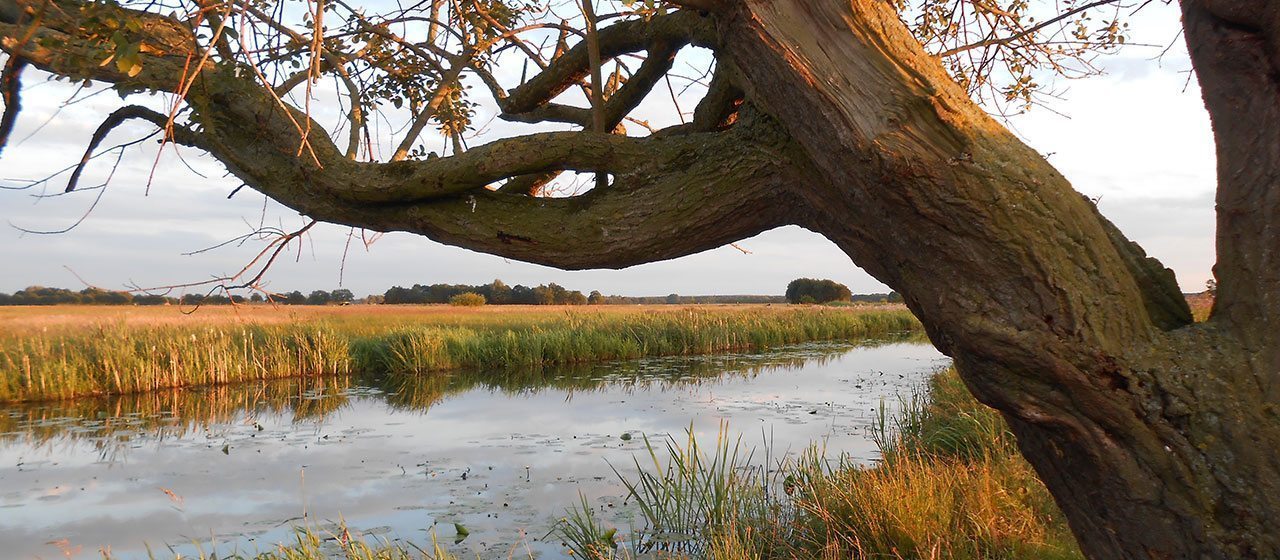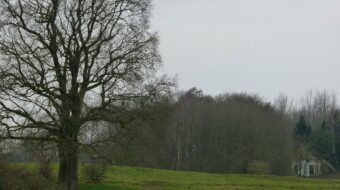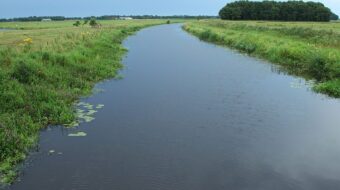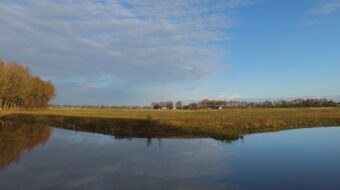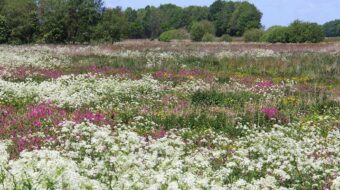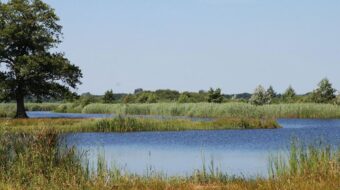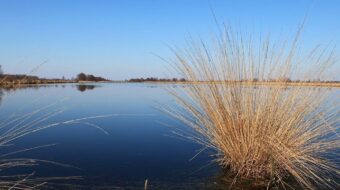The Hunze river regained its curves
East of the Hondsrug ridge lies the wide valley of the Hunze river. The valley is a left-over from the Saale ice age, when it was eroded by meltwater. In previous centuries the Hunze was normalized from a curving river into a straight canal. From a winding moorland river it was transformed into a straight canal in a wide, flat agricultural landscape. Fortunately, recently nature has made a remarkable come-back in this desolate area. New nature areas have been created; the river got its curves back and the population of beavers is booming. The new nature reserves in the Hunze valley are being managed by de Stichting het Drentsche Landschap (a foundation that aims to preserve natural and cultural heritage in Drenthe).
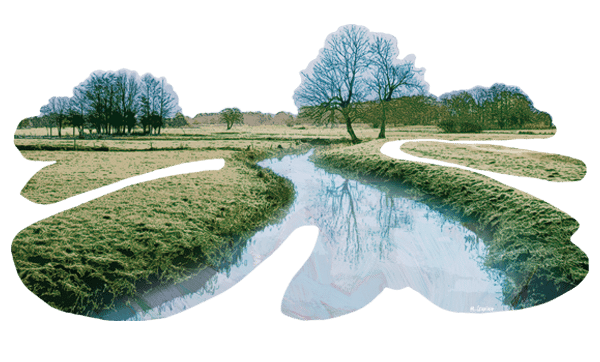
Restoration of the Hunze river thanks to the Hunzevisie
For many centuries the Hunze Valley was part of a vast and inaccessible moorland area. Only in the Middle Ages farmers started to encroach the area, utilizing it for grazing and meadows. In the 18th century large-scale excavations for peat (a valuable fuel) started. In the 20th century the entire area was developed into a huge agricultural plain cut by straight canals and ditches. In 1995 the Drentse Landschap, the Groninger Landschap and the World Nature Fund proposed a joint nature development plan for the Hunze valley, called the Hunzevisie.
The Hunzevisie plan has been the guide for the development of several nature projects along the length of the Hunze. Step-by-step the Hunze returns to its original shape of a freely meandering river in a landscape rich in nature and attractive for animals, plants and people. In several areas the river curves again through a landscape of wetlands, at the foot of the Hondsrug ridge. The success of the new nature developments can be measures by the increase of the beaver population. At the same time, the birds of a typical meadow landscape, like Lapwing, Curlews, Meadowlarks and Snipes, have disappeared.
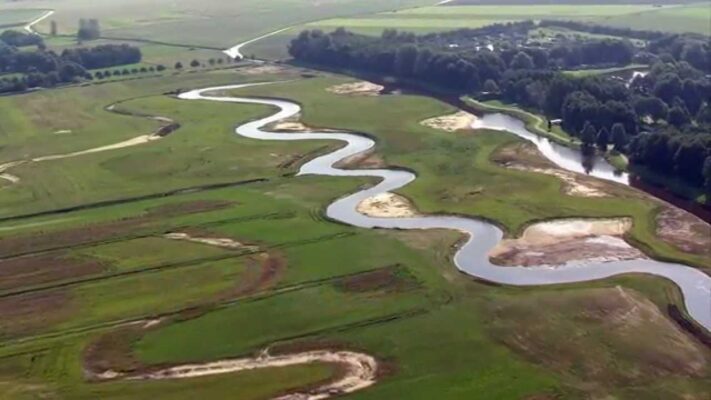
Old Farmhouse Egberts Lent
Centrally located in the Hunze Valley, close to the Hunze, you’ll find the old farm house of Egbert’s Lent. It is an imposing ‘Oldambt-style’ farm builting, constructed in 1812, but with older parts. Lent is an old local word for loading dock on the Hunze. From here ‘turf’ was transported to Groningen and beyond. From the farm yard you can see how the farm was built on the transition from higher sand to lower moorland. In the distance you can see the Hunze river and the distant slopes of the Hondsrug. The farmhouse is owned by Drents Landschap, who had it restored and gave it a new function as a center for education and information.
From Egberts Lent you can make walks or start cycling into the new nature reserves along the Hunze, like the Breevenen or the Annermoeras.
